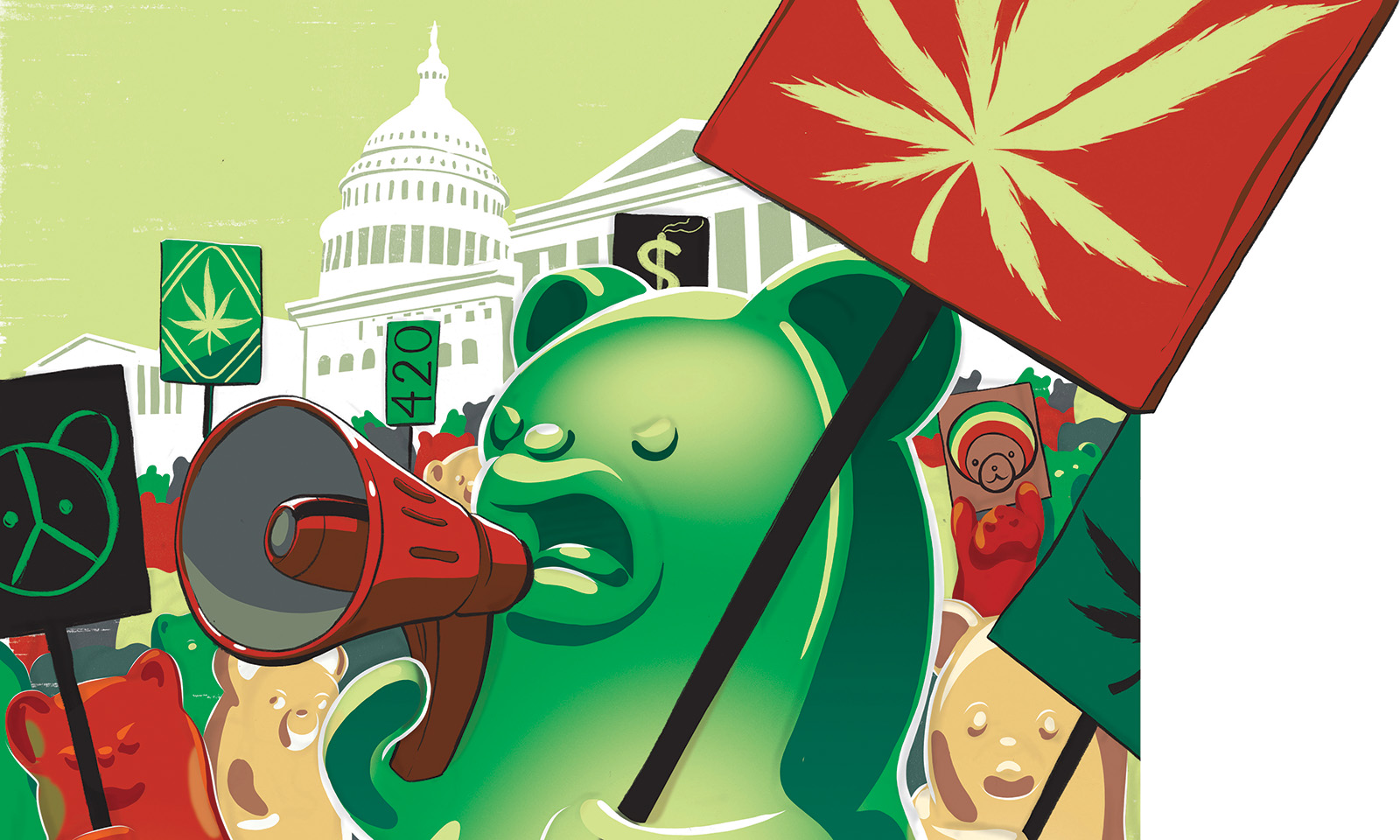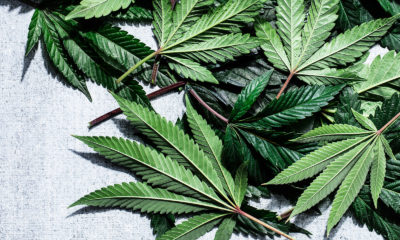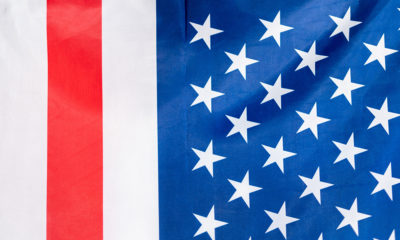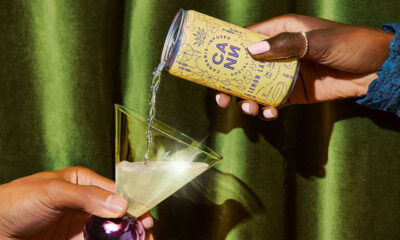The Strange Patchwork of Edibles Regulations
“Just say no” to canna-custard pie — but only in some states.
Care for some cannabis-infused pumpkin pie? Then hopefully you don’t reside in Washington state, where the government prohibits the sale of marijuana pumpkin pie, custard pie or anything prepared with egg. This is just one of the many peculiar and specific state regulations on edibles that legislators and regulatory boards have put into place in the states where cannabis is legal for adult use.
Edibles have been a particular source of consternation for states attempting to anticipate any harm that might come from them, and regulate these problems away before they happen. The possibility of children finding and consuming cannabis products has led to any number of requirements around how edibles are stored and labeled. Childproof packaging is a universal requirement in states that allow adult use, and most require an opaque, childproof bag as a sort of unwieldy grocery bag for leaving a cannabis store.
Kids finding mom and dad’s secret stash of snacks isn’t the only worry states have. Many focus on how cannabis is presented or marketed, and all of them require labeling on just about anything that might be labeled. All have potency limits, both for individual servings and packages as a whole — meaning there can only be so many 5 mg THC gummy bears in the bag… if it’s a state that allows gummy bears.
Here’s how edible laws look in adult-use states, where edibles sales are allowed, across the nation:
Colorado
Colorado, the first state in which cannabis was offered for any and all adult use, has been through several rounds of regulation to anticipate or respond to various edible-related mishaps. Recently, Colorado restricted any edible from including the words “candy” or “candies” on the packaging, and all must clearly state “Contains marijuana. Keep out of reach of children.” The child-proof, re-sealable packaging must also include potency guidelines, and may not make claims about health benefits. These rules followed a previous change that required each edible (or each serving) to have the traffic sign-like THC symbol on it — a red diamond with “THC” in the middle and an exclamation point. This change forced some manufacturers to change the molds they use. Speaking of those molds, Colorado also disallows animal, person or cartoon-shaped edibles, which are considered too candy-like.
Washington
Washington state, which passed legalization on the same day as Colorado in November 2012, has similar restrictions on packaging and potency. Like Colorado, servings max out at 10 mg of THC and packs of edibles can only hold up to 100 mg of THC total. All packaging must first be approved by a regulatory board to ensure that it is not appealing directly to children. As with many other states, THC is required to be spread evenly throughout the edible, so if you split a cookie with a friend, you should get more or less the same amount of active ingredient.
Washington gets a little quirkier around what kinds of food can include THC. As mentioned, pumpkin and custard pie edibles are specifically disallowed in state law. So are fruit and vegetable juices and dairy products, dried or cured meats, or anything preserved through canning or acidification. Products can include canna-butter, but infused butter itself can’t be sold as a standalone product. Apparently, Washington is OK with you being baked, but would prefer you not do the baking yourself. Lollipops, cotton candy and other kid-friendly edibles are also off limits.
Oregon
Oregon seems free of quirks of the “no pumpkin pie” ilk, but they are more restrictive when it comes to dosage: 5 mg of THC per serving, 50 mg per package. Reporters have even found Oregonians who make the trip to neighboring Washington for more powerful snacks.
Nevada
Want an edible that looks like Batman? Well you can’t get one in Sin City, because Nevada prohibits anyone’s likeness — real or fictional — to appear on a cannabis product. They also disallow action figures, cartoon characters, toys and balloons as part of the branding (balloons are apparently the original gateway drug). Lollipops and ice cream are prohibited, and cookies or brownies have to be sealed in opaque packaging.
California
California’s regulations turned the state from the Wild West, where products could have 1,000 mg of THC for medical customers, to a more conventional one with the standard limits of 10 mg per serving, 100 mg per package, with familiar regulations around opaque bags and childproof packaging. In addition to prohibiting edibles that look like people, animals or fruit, California edibles also cannot resemble insects. Cannabis extracts may not be combined with nicotine, caffeine or alcohol. Also on the books: no dairy products other than butter, no low-acid canned foods and no cannabis-infused seafood, though what you do with your cannabis and sustainably-raised salmon in the privacy of your own home is up to you.
Alaska
Alaska follows Oregon’s low-end potency limits of 5 mg THC per serving, 50 per package. However, they do allow edibles to take any form — candy, marshmallows, even pumpkin pie. Hopefully, some enterprising researcher will compare Alaska to other states to discover what happens when edibles can look like anything at all.
Massachusetts, Maine, Vermont & Washington, D.C.
On the East Coast, Maine, Vermont and Washington, D.C. have legalized recreational weed, but have little in the way of regulations. Maine Governor Paul LePage currently stands in the way of the government setting up a regulatory framework through which people could buy and sell cannabis. Meanwhile, thanks to Congress’s interference, the nation’s capital has a peculiar situation in which marijuana can be grown, used, and given away, but not bought or sold. Only Massachusetts, which anticipates sales beginning later this year, has set up a regulatory framework. Edibles have the 10 mg of THC limit per serving, 100 mg per package limit, must be in opaque, childproof packaging and cannot resemble any other food products currently sold.
Legalization represents the start of a new era, and state regulators are doing what they can to keep the reins on cannabis. Fortunately, other than potency limits, the requirements are mostly cosmetic — a nuisance for manufacturers, but not one that infringes on the core freedoms voted into law. The only people left behind by these bylaws are the Californian who wants swordfish with a cannabis reduction, the Nevadan who wishes their cannabis edible looked like their favorite cartoon character, or the Washingtonian who just wants a cannabis-infused pumpkin pie.
Originally published in Issue 30 of Cannabis Now. LEARN MORE
TELL US, do you know the rules around edibles in your state?
























